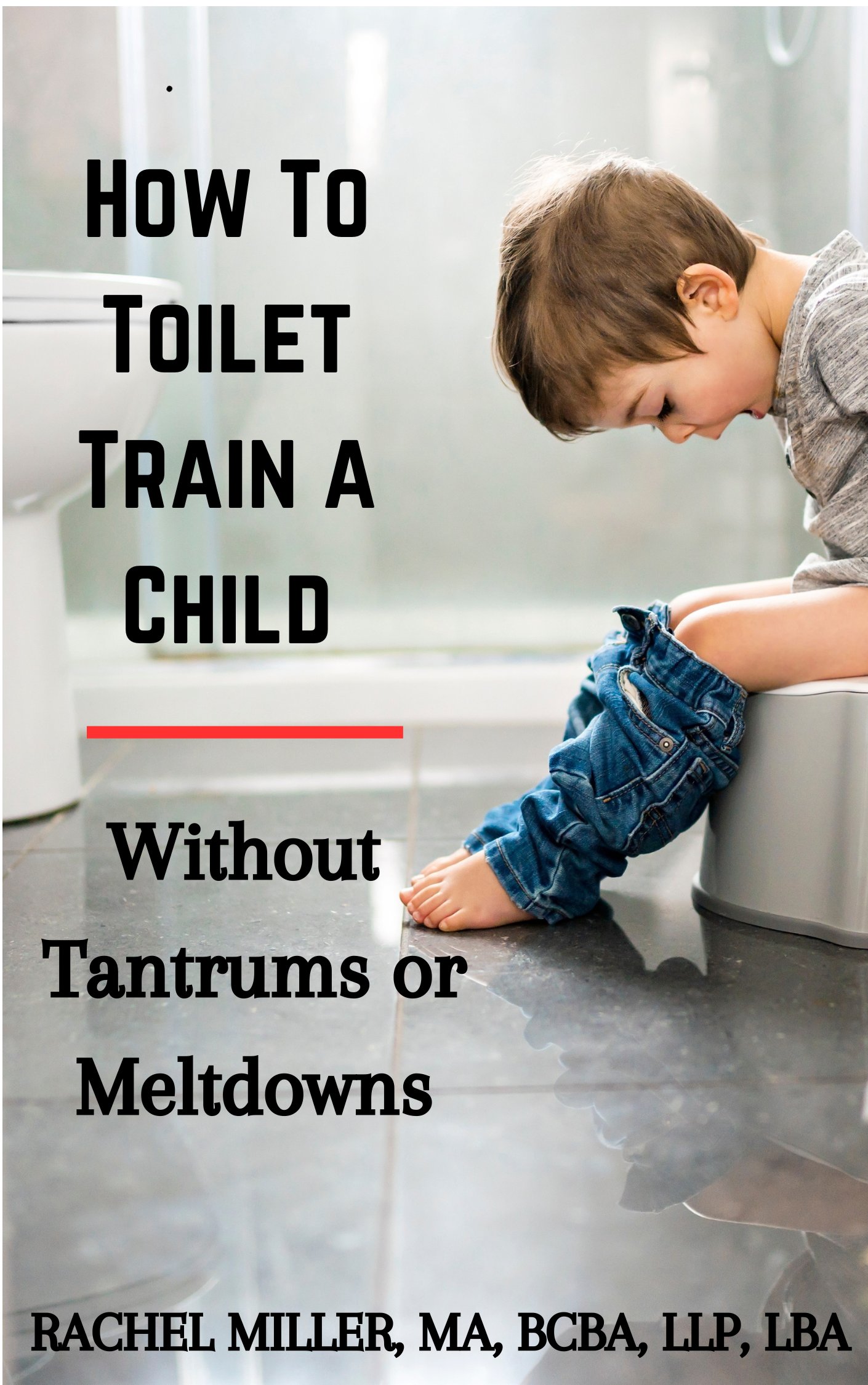Compulsive Skin Picking and Autism:
Understanding the Connection and Finding Solutions
Compulsive skin picking in autism, also known as dermatillomania or excoriation disorder, is a condition marked by repetitive picking, often to the point of injury. While this behavior affects many individuals from various backgrounds, there is a growing body of evidence suggesting a strong link between the two.
In children with Autism Spectrum Disorder (ASD), skin picking may present as part of a larger pattern of repetitive behaviors or sensory-seeking actions. These behaviors may not only be misunderstood but can also result in significant emotional and physical challenges if left unaddressed. The good news is, with proper understanding and proactive strategies, it can be significantly reduced
Why Does Picking Happen?
Individuals with ASD often experience the world differently. Sensory processing differences are a hallmark of the disorder, and many individuals are either hypersensitive (over-responsive) or hyposensitive (under-responsive) to stimuli such as touch, temperature, and texture. This makes them more likely to engage in repetitive behaviors.
Common reasons for compulsive skin picking in autism include:
- Relief from sensory discomfort (e.g., itchy skin, tags on clothing, bumpy textures)
- Stimulation-seeking (provides tactile input)
- Anxiety reduction (similar to stimming)
- Conditions like eczema or keratosis pilaris, which may be more distressing to those with sensory sensitivities
- Lack of awareness or poor interoception, meaning the individual may not notice they are harming themselves
In some cases, the behavior begins in response to a minor issue, such as a scab or pimple, and then becomes a compulsive habit.
The Overlap Between Dermatillomania, Autism, and OCD
Interestingly, compulsive skin picking is also found in individuals with Obsessive-Compulsive Disorder (OCD). In fact, the DSM-5 skin picking disorder is listed under the category of Obsessive-Compulsive and Related Disorders. Many individuals with autism also have co-occurring OCD, which can complicate the picture further.
For some,Dermatillomania might serve as a compulsive ritual to reduce anxiety or a way to gain control in an overwhelming world. For others, it may be purely sensory seeking or habitual. Understanding the root cause is crucial in order to implement the most effective interventions.
Recognizing the Signs of Compulsive Skin Picking in Autism
Not all picking is the same, and in individuals with autism, it can appear in a variety of ways:
- Picking at scabs, bumps, or acne repeatedly
- Scratching arms, legs, or face until bleeding
- Peeling skin from fingers, lips, or other areas
- Biting or pulling at hangnails around the nails (sometimes confused with nail biting)
Over time, this can lead to scarring, infection, and even pain, which can interfere with daily functioning. It may also be a source of emotional stress for both the individual and their family.
Preventing and Responding to Dermatillomania
Fortunately, there are proactive and compassionate strategies that can help reduce or eliminate compulsive skin picking autism individuals. Here are several effective methods:
1. Identify Triggers
Keep a behavior log to look for patterns. Note what happens before, during, and after. Triggers might include:
- Boredom or idle hands
- Anxiety or stress
- Physical discomfort (itchiness, dryness)
- Specific times of day or environments
2. Engage the Hands
Introduce hand-occupying activities that serve as healthy replacements. These include:
- Fidget toys
- Sensory balls
- Modeling clay or play dough
- Handheld puzzles or mazes
- Bead stringing or fine motor crafts
These can redirect the compulsion while still satisfying the individual's need for sensory input or movement.
3. Use Visual and Behavioral Supports
For children with ASD, visual schedules and social stories can be incredibly effective. These tools can help:
- Communicate rules and expectations clearly
- Reinforce alternative behaviors
- Encourage self-awareness about the behavior and in personal hygiene routines
Behavioral strategies such as positive reinforcement, redirection, and environmental modifications should be employed consistently.
4. Cover Exposed Skin When Appropriate
In some cases, simply limiting access can reduce the behavior:
- Long sleeves, compression shirts, or arm sleeves
- Bandages or skin-safe adhesive covers for frequently picked areas
- Wearing gloves at night or during quiet time
However, always balance this with comfort, especially for those with tactile sensitivities.
5. Emotional and Sensory Regulation
Dermatillomania can also be a form of emotional self-regulation. Integrating sensory diets or calming strategies into the daily routine can reduce the need for self-injury:
- Weighted blankets or vests
- Deep pressure input (e.g., firm hugs, massage tools)
- Scheduled calming activities (e.g., swinging, yoga, breathing exercises)
Therapies like occupational therapy, behavioral therapy, and CBT adapted for autism can also be helpful, depending on the individual’s age and cognitive level.
If you're interested in learning more about general picking and ways to reduce it, be sure to visit our related article on Causes and Ways to Help Compulsive Skin Picking in Autism, which covers tips for both skin care and behavioral management.
When to Seek Professional Support
If the Dermatillomania continues despite your best efforts—or worsens—it’s essential to involve a multidisciplinary team, which may include:
- Pediatricians or dermatologists
- Developmental pediatricians
- Occupational therapists
- Psychologists or behavior analysts
- Autism specialists
Early intervention is key. Untreated, the behavior may escalate into more severe forms of self-injurious behavior or lead to secondary complications such as infections and scarring.
Final Thoughts
Compulsive skin picking and autism together are a unique and multifaceted challenge, but with the right tools and understanding, it can be managed. By focusing on both sensory and behavioral supports, improving skin health, and offering meaningful alternatives, families and caregivers can empower their loved ones to lead more comfortable, confident lives.
Whether you’re a parent, teacher, therapist, or individual with autism yourself, know that support is available—and progress is possible.
If you haven't already, be sure to check out my ebooks, now on Amazon!

